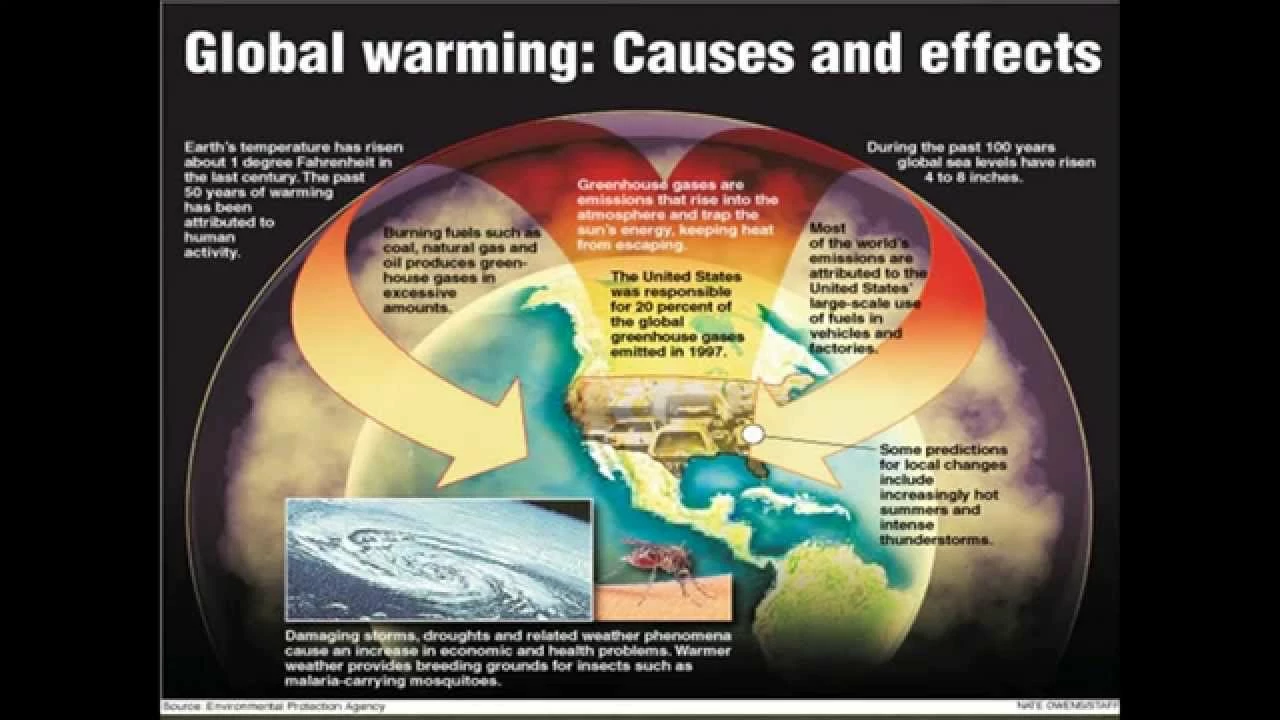Understanding the Concept of Environmental Tipping Point
Let's start by having a quick reality check. We are on a planet that is fast accelerating towards an environmental point known as the 'tipping point'. Now, you might wonder, what exactly does this term 'tipping point' mean and why should it concern you? Well, it's quite simple. Think of it this way: if you balance a pencil on its point, the pencil will teeter until it tips over. Similarly, our environment is teetering on an unseen point. Once we pass it, there's no going back. It's a point that will tip the fate of our planet into a vicious cycle of irreversible climate change. The question that we must grapple with is not when does this tipping point occur, but are we there already? And if not, how close are we to this proverbial 'point of no return'? Let's break it down together and see if we can't come to some interesting conclusions, shall we?
Deciphering the Indicators of a Climate Tipping Point
In our daily lives, we use several indicators to know when something is reaching its tipping point. If your coffee cup is brimming, it's about to spill. If your smoke detector goes off, your toast is burning. If your better half starts tapping her foot impatiently, maybe you've been playing video games for too long. In much the same way, planet Earth also has indicators to signal dangerous tipping points. Rising sea levels, melting ice caps, more severe weather patterns, and faster extinction rates – all are clear signs that we are nudging towards our environmental tipping point.
The Imminent Signs Ignored: Is the Window Closing?
The evidence that we are reaching an environmental tipping point is not merely anecdotal. Scientific studies have repeatedly warned us about fast-approaching environmental disasters. The Intergovernmental Panel on Climate Change, the world-class authority on climate change, has given us an alarming 12-year timeline to cut global emissions by half. With each passing year, the direness of their message escalates. But we carry on regardless, like a train wreck in slow motion. If this had been an action movie, the audience would be screaming at the screen, urging us to slam the brakes. But it's not a movie; the hellscape we are heading towards is very real. And the tragedy is that we've been given enough warnings.
Can We Reverse the Course?
A regular visitor to my blog once asked me, "Caspian, are we doomed?" To which I had to laugh. Not because it was a ridiculous question, rather because of its gritty rawness. But I think it's crucial to remain hopeful. While scientists may scream from the rooftops about the imminent dangers, they also give us solutions. If the tipping point is the point of no return, then the point of return is now. There's still time to reverse the car before it hurtles off the cliffs. Solutions range from changing individual lifestyles to groundbreaking technological innovations. I can say with some confidence that veganism never tasted better.
In retrospect, I had a unique front-row seat to the effects of pollution in my childhood. My parents lived in a rambling old house right next to a coal plant in Edmonton, Canada. As a child, I loved snow, but the snow I played in was never pristine white. It was always speckled with grey. It wasn't until years later that it dawned on me. It was pollution. What was coming out of the smokestacks of the plant was falling as a grey film on the snow. This early exposure to the effects of pollution, I like to think, eventually led me on my path as an environmental blogger.
To round up, the question at the heart of this conundrum is not 'when' but 'if' we are reaching a point of no return for the environment. So let's be optimistic and brave. Let's rally together to protect our beautiful planet. The first step is always understanding and acceptance. And remember – the time to act is now.
